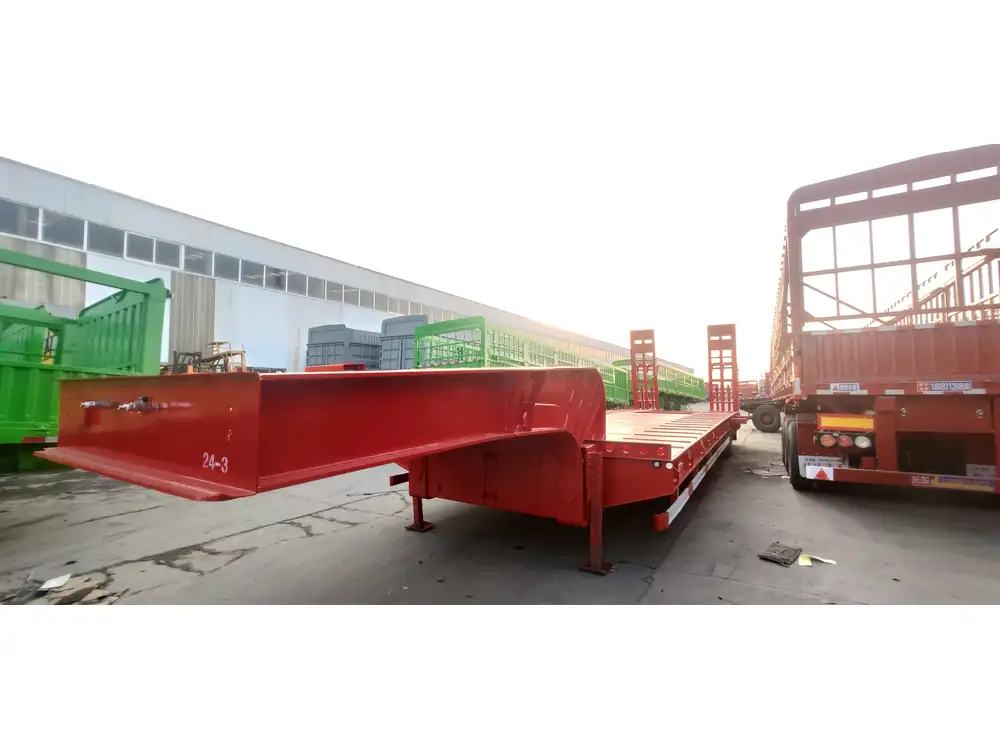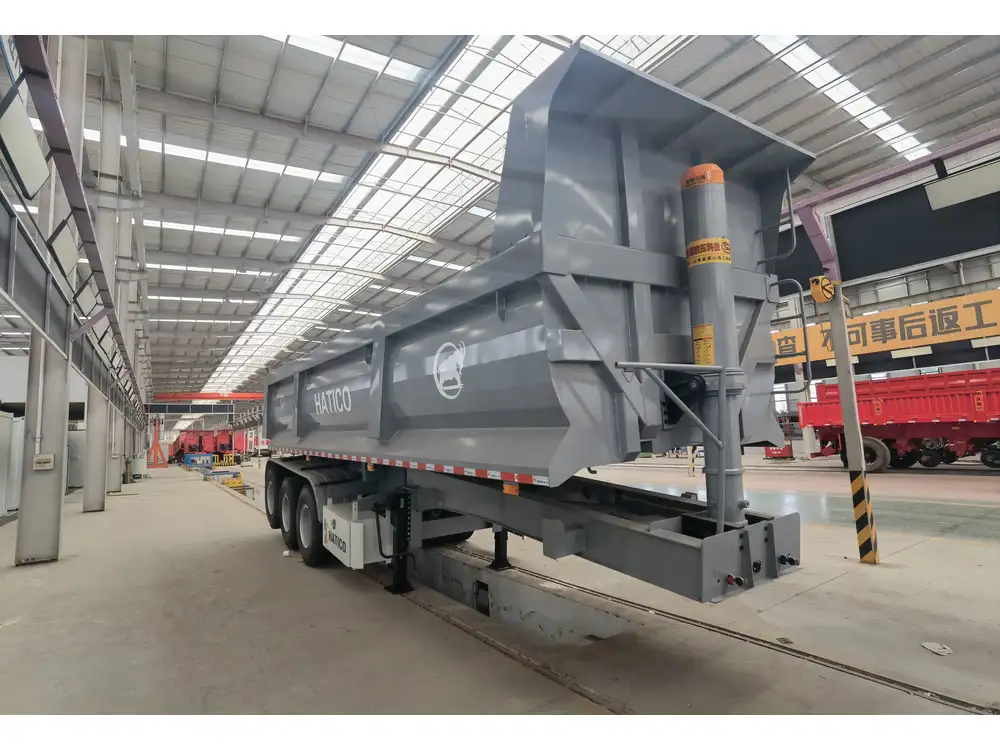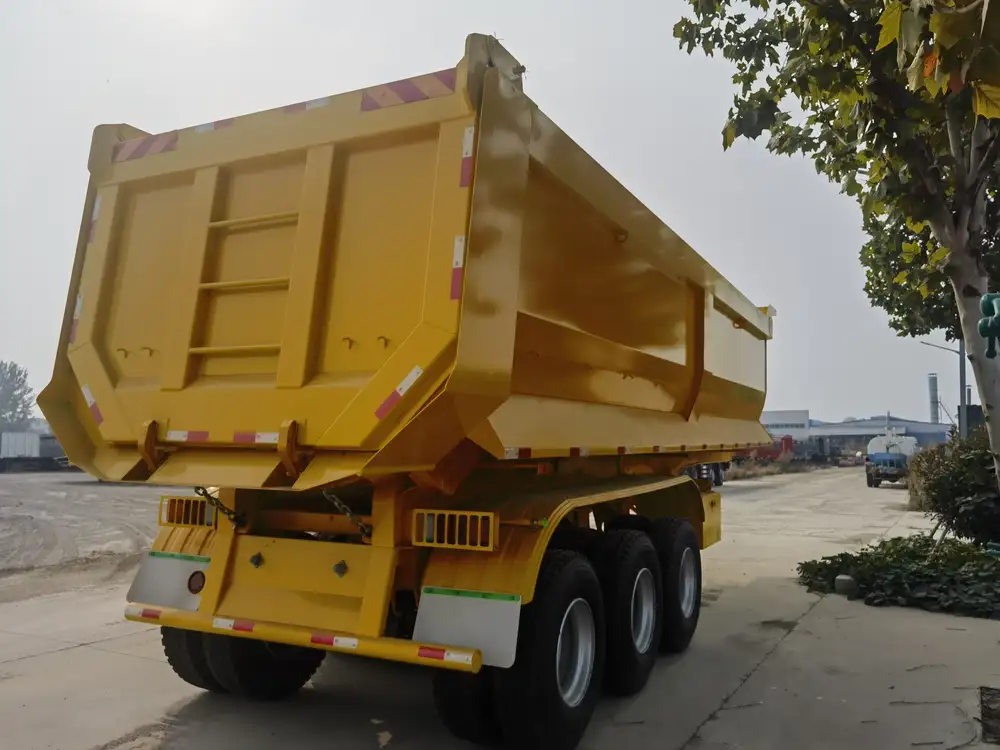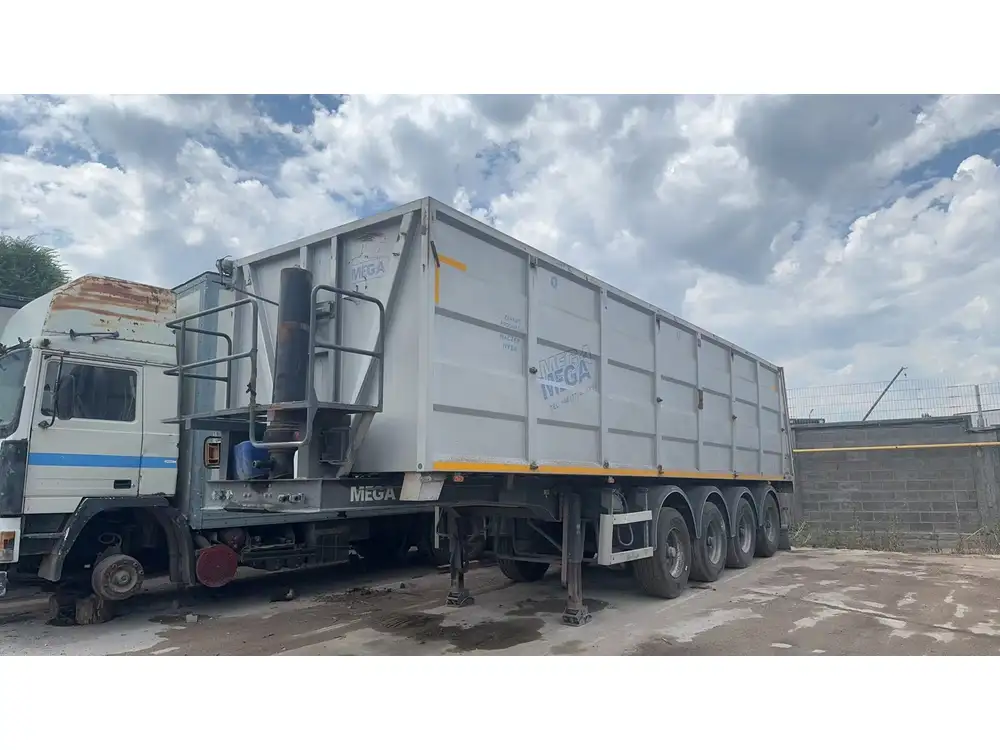In the realm of transportation and logistics, the semi-trailer emerges as an indispensable player, pivotal in moving goods across vast distances efficiently. However, a common query resonates among transportation professionals, fleet managers, and prospective buyers: What is the typical weight of a semi-trailer? To dissect this topic effectively, we must consider various factors influencing semi-trailer weight, industry regulations, and operational implications.
1. Overview of Semi-Trailers
Before diving into weight specifics, it’s essential to understand what constitutes a semi-trailer. A semi-trailer is an articulated vehicle without a front axle; its design includes a deck that is supported by a tractor vehicle and a rear axle configuration. Semi-trailers are commonly utilized for hauling goods, ranging from raw materials to finished products, and can be tailored to various industries, including agriculture, construction, and retail.
1.1 Types of Semi-Trailers
Semi-trailers come in diverse configurations, tailored to meet specific cargo demands. Below is a structured table summarizing several common types:
| Type | Description | Typical Weight Range |
|---|---|---|
| Flatbed Trailer | Open trailers suited for heavy or oversized goods. | 5,000 – 10,000 lbs |
| Enclosed Trailer | Covered trailers ideal for sensitive cargo. | 8,000 – 15,000 lbs |
| Reefer Trailer | Refrigerated trailers designed for perishable goods. | 12,000 – 15,500 lbs |
| Tanker Trailer | Used for transporting liquids, chemicals, and food. | 15,000 – 30,000 lbs |
| Lowboy Trailer | Specialized trailers for heavy equipment transport. | 10,000 – 30,000 lbs |

2. Factors Affecting Semi-Trailer Weight
Understanding what influences a semi-trailer’s weight is critical for compliance, safety, and operational efficiency. Several factors must be considered:
2.1 Trailer Design and Construction
The design and materials used in building a semi-trailer can significantly influence its weight. For instance, aluminum trailers are lighter than their steel counterparts, making them a preferred choice for companies aiming to maximize payload capacity without exceeding weight limits.
2.2 Cargo Type and Load Distribution
The weight of the cargo itself is a determinative factor in the overall weight of the semi-trailer. Different cargo types have varied weight densities; for example, a full load of liquid can be significantly heavier than a load of fluffy insulation material.

2.3 Regulatory Guidelines
Various regulatory bodies set weight limits to ensure safety on public roads. In the U.S., Federal regulations stipulate a maximum gross vehicle weight (GVW) limit of 80,000 pounds for semi-trailer trucks. This total weight includes the tractor and the semi-trailer, thereby directly influencing the permissible weight of the trailer itself.
2.4 Axle Configuration and Suspension
The number and configuration of axles affect a semi-trailer’s weight distribution and total load capacity. A standard configuration includes two or three axles, which can support heavier loads than a single axle. Moreover, the type of suspension system—whether air or leaf spring—can also have an impact on overall weight.
3. Typical Weight Ranges of Semi-Trailers

3.1 Empty Weight of Various Semi-Trailers
The empty weight of semi-trailers can vary widely depending on their type and construction. Here’s a breakdown of typical empty weights:
| Trailer Type | Empty Weight |
|---|---|
| Flatbed Trailer | 4,000 – 6,000 lbs |
| Enclosed Trailer | 7,000 – 12,000 lbs |
| Reefer Trailer | 10,000 – 13,000 lbs |
| Tanker Trailer | 12,000 – 15,000 lbs |
| Lowboy Trailer | 8,000 – 14,000 lbs |
3.2 Loaded Weight Considerations
When a semi-trailer is loaded, its weight drastically increases. Given the maximum allowable weight of 80,000 lbs for a typical truck and trailer combination, you can derive the loaded weight by adding the weight of the load to the empty weight of the trailer.
For example, if a reefer trailer weighs 12,000 lbs empty and is loaded with perishable goods weighing 22,000 lbs, the total weight of the truck and trailer would be:
[ Total\ Weight = Empty\ Weight\ of\ Trailer + Load\ Weight = 12,000\ lbs + 22,000\ lbs = 34,000\ lbs ]3.3 Importance of Accurate Weight Measurement
For transportation businesses, accurately measuring semi-trailer weight is critical to remain compliant with legal weight limits, avoid fines, and ensure safety on the road. Weigh stations are installed on many major highways, reinforcing the necessity for fleets to regularly check and calibrate their loads.

4. Implications of Semi-Trailer Weight
4.1 Fuel Efficiency and Operational Costs
Weight impacts not only compliance but also operational costs. The heavier the load, the more fuel a truck consumes. Maintaining an optimal weight can enhance fuel efficiency and reduce transportation costs. A well-balanced load can lead to significant savings over time.
4.2 Safety and Handling
The weight of a semi-trailer influences vehicle handling and braking distances. Heavier loads can affect a truck’s center of gravity, making it more prone to tipping in sharp turns. Operators should always account for weight distribution to maintain stability and control, especially during adverse weather conditions.

4.3 Maintenance Considerations
Heavier semi-trailers typically lead to increased wear and tear. Tires, brakes, and suspension components experience a heightened load, necessitating more frequent maintenance checks and replacements. Hence, monitoring weight not only serves compliance but also prolongs the life of the trailer and associated costs.
5. How to Calculate and Optimize Semi-Trailer Weight
5.1 Utilizing Load Calculators
To calculate maximum allowable loads, transport operators can use online load calculators, many of which consider vehicle configurations and axle types. These tools provide valuable insights for scheduling shipments and maintaining legal compliance.

5.2 Implementing Weight Management Strategies
Fleet managers can adopt a range of strategies to optimize the weight of their semi-trailers, such as:
- Strategic Load Planning: Ensuring loads are evenly distributed across axles to maximize capacity while staying within the legal limit.
- Using Lightweight Materials: Transitioning to aluminum or composite materials can significantly reduce the trailer’s empty weight.
- Regular Maintenance: Establishing a rigorous maintenance plan to inspect load-bearing components helps prevent overweight violations and enhances safety.
6. Future Trends Impacting Semi-Trailer Weight
6.1 Technological Advances
Innovations in materials science and engineering may lead to future semi-trailer designs that are both lighter and more robust, thereby optimizing freight efficiencies and reducing fuel consumption. Technology such as telematics can also assist in real-time weight monitoring.

6.2 Regulatory Changes
Ongoing transportation legislation may alter permissible weight limits, especially as the push for sustainability in logistics grows. If regulations shift to promote greener practices, semi-trailer manufacturers may evolve designs to accommodate these changes.
6.3 Industry Collaboration
Cooperation between manufacturers, drivers, and regulatory bodies will be crucial in shaping future semi-trailer standards and weight management practices. Stakeholders must remain informed and adaptive to industry shifts.
Conclusion
In conclusion, understanding the typical weight of a semi-trailer involves more than mere numbers; it encompasses a complex interplay of design, regulations, and operational considerations. As the transportation industry evolves, appreciating these factors is critical for optimizing efficiency, ensuring compliance, and enhancing safety. By effectively managing semi-trailer weight, stakeholders can navigate the challenges of logistics while driving sustainable practices forward.

Key Takeaways
- Type Matters: Different semi-trailer types serve various needs, impacting weight and load capacity.
- Monitor Regularly: Compliance with weight regulations is essential for safety and legal adherence.
- Optimize Operations: Effective weight management strategies can result in cost savings and improved efficiency.
By mastering the nuances of semi-trailer weight, transportation professionals can ensure they remain ahead in a competitive industry landscape.



